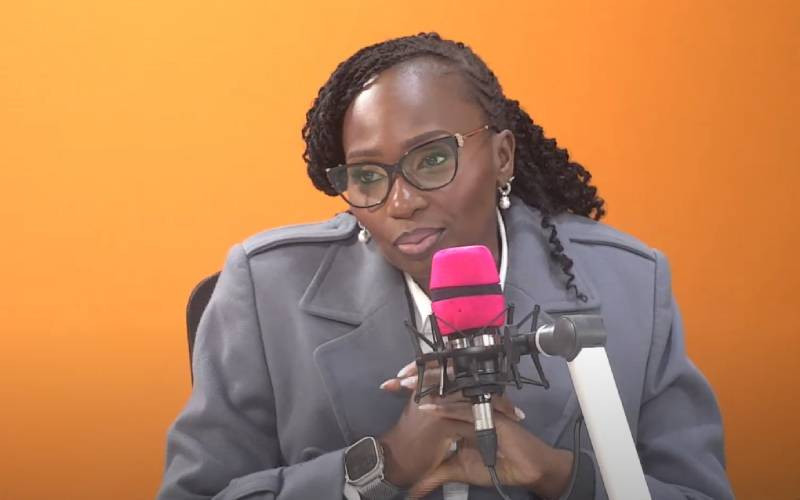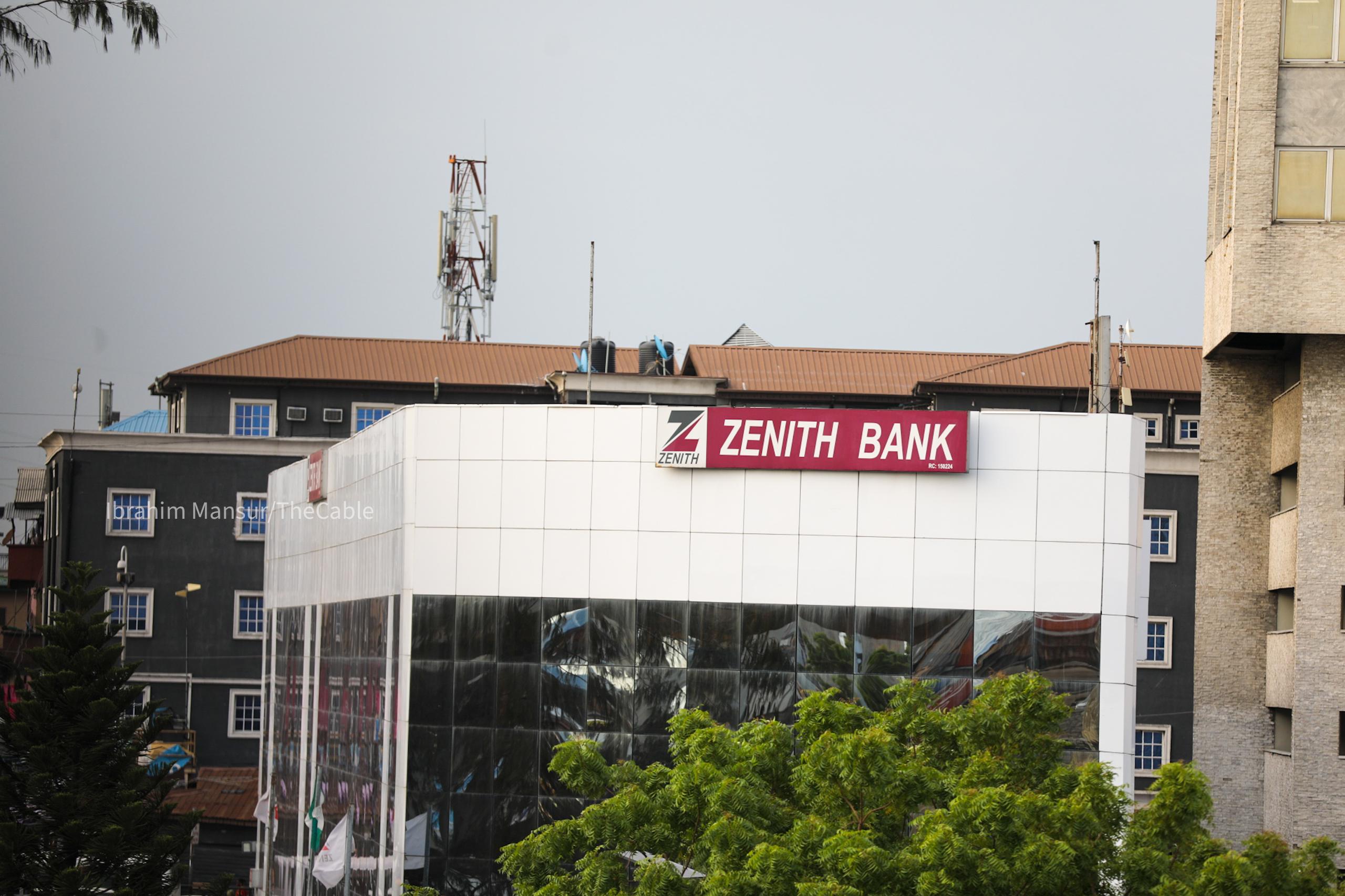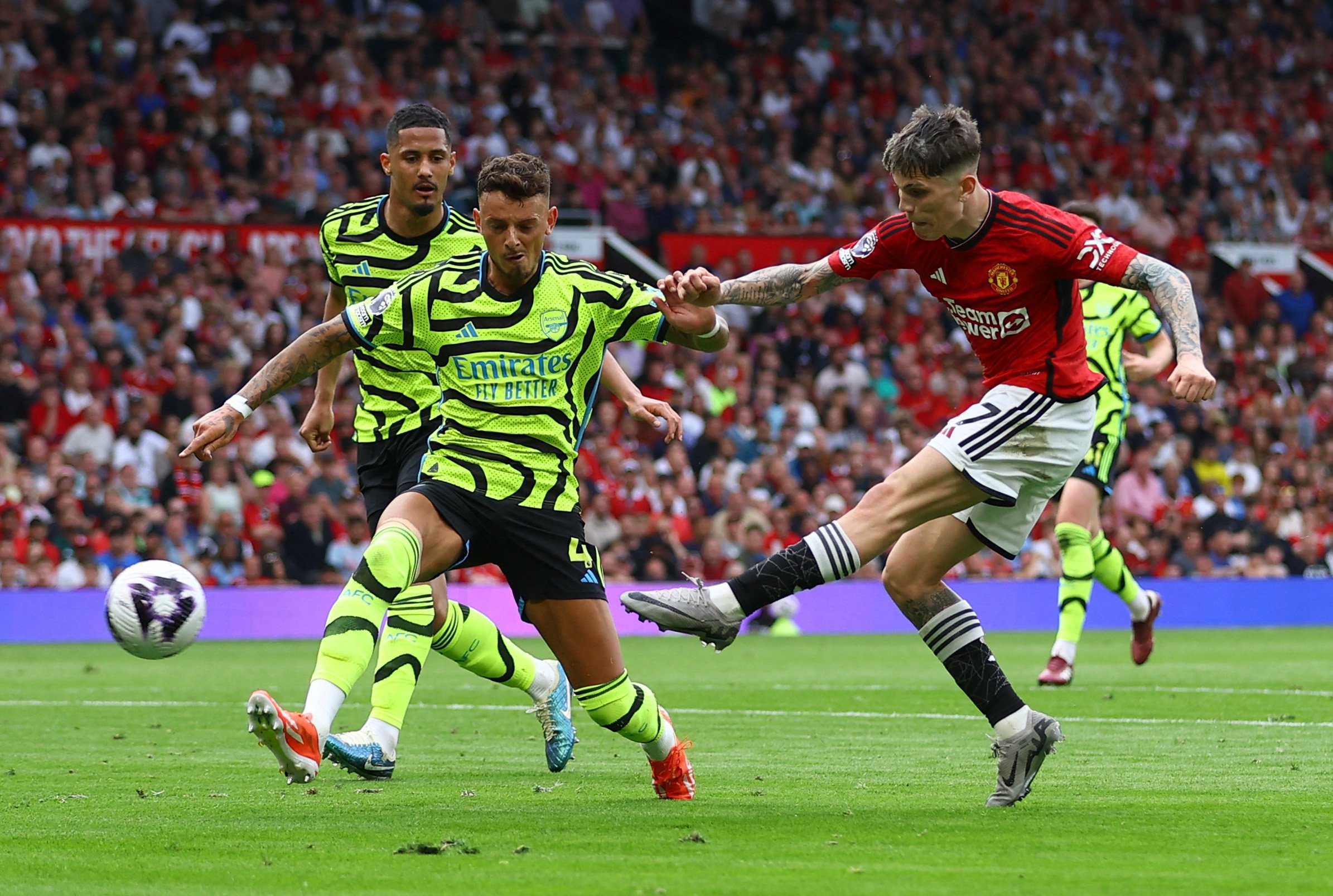New York Gallery Show Spotlights Iconoclastic Comic Artist Paul Pope

"Heavy Liquid" by Paul Pope, one of the pieces featured in a gallery show of the artist's work at ... More Philippe Labaune Galleries in New York, June 2025.
Art by {Paul PopeComic book storyteller and illustrator Paul Pope is stepping into the fine art spotlight with a prestigious gallery show to accompany the recent launch of his career retrospective monograph Pulp Hope 2: The Art of Paul Pope (Boom! Studios, 2025). The exhibition opening at Philippe Labaune Gallery in New York Thursday, June 19 spans Pope’s three-decade career across comics, illustration and design, featuring never-before-seen originals and curated selections from his extensive archives. The show is part of a trend toward greater acceptance of commercial art in museums and galleries, accompanied by increasing collector interest outside of the niche of the comics community.
Pope, 54, is best known for works like Batman: Year 100, Heavy Liquid, and Battling Boy, which helped define a new era of auteur comics in the 1990s and 2000s. Straddling American, European, and Japanese influences, Pope’s edgy style is unmistakable: dynamic, lushly inked, and suffused with themes of rebellion, dystopia and urban decay. His narratives often explore the collision of personal identity and societal control, making him a favorite among critics and fans of sophisticated genre storytelling.
“Paul Pope is a singular force in contemporary comics — a comics destroyer, who pushes the boundaries of traditional comic art," said Philippe Labaune. “His distinctive style brings together the dynamism of Japanese manga with the narrative depth of European Bande Dessinee, and the spirit of American pulp. Pope blends a manga awareness with a European attention to mood and form. Moebius, Hugo Pratt, and Enki Bilal are all clear touchstones.”
Artist Paul Pope
© 2017 Andrew T. FosterThe show is a further indication of how perceptions of comic art are evolving. Once relegated to collectors' portfolios and convention booths, original comic pages are now being presented in galleries and museums alongside contemporary illustration, painting, and sculpture. As prices rose during the pandemic, the field started to attract the interest of investors from outside the traditional collector community, and now some pieces change hands at auction for six figures or more.
Philippe Labaune Gallery, which has previously featured exhibitions from titans like Will Eisner, Moebius, Mike Mignola, and Guido Crepax, is becoming a premier destination for this emerging art-literate treatment of comics. Presenting work in this setting encourages viewers (and buyers) to consider the aesthetics of a piece alongside the more traditional indicators of value to comic art enthusiasts such as the prominence of famous characters, the importance of a page in story continuity and the reputation of the artist among comic book collectors.
For Pope, who has been largely absent from the publishing scene for nearly a decade pursuing a variety of behind-the-scenes projects, the show represents a return to the arena.
"This year feels like getting back to the chessboard," Pope said in an interview. "There’s been a lot happening on numerous fronts, and this show and the book are the first overtures in a return to more public-facing work."
The exhibition was catalyzed by the recent publication of Pulp Hope 2, the sequel to Pope’s hard-to-find 2007 monograph. The new volume collects decades of work, from iconic character pages to obscure commissions and previously unpublished art. Pope said the opening will double as a belated launch party for the book. "We’ll have copies of the book, I’ll be signing and sketching, and the show itself includes pieces that span my whole career,” he said.
Among the featured works are large-format pages from his creator-owned projects, a tribute piece to the late French comics grandmaster Moebius, featuring Pope’s rendition of his character Arzack, illustrations for clients like Rolling Stone and Saks Fifth Avenue, and even a complete boxing sequence from his 2002 sci-fi comic 100%, displayed sequentially to highlight Pope’s storytelling within the gallery context.
Page from "100%" by Paul Pope, part of a retrospective of his work at the Philippe Labaunne Gallery, ... More June 2025.
Art by Paul PopePresenting narrative comics pages in a gallery setting raises the question of how such work functions outside its original storytelling context. Unlike “fine art,” which is produced in the first instance for gallery sales, commercial art such as comic book pages, film art and illustrations are artifacts of the production process where the book, film or advertisement is the final product. As collectors are pushing prices for this work to market parity with other kinds of art, those distinctions are becoming less important even among the gatekeepers of high culture.
For Pope, the transition to having his work presented in a new context is not only viable: it’s revealing. "There’s a kind of energy exchange that happens when people see the originals," he explained. "You get the linework, the corrections, the physicality of the process. It’s different from the final image in a printed comic."
Pope, who trained in painting and printmaking before turning to comics, has always approached the medium with a broader visual vocabulary than many of his contemporaries, and often works in a larger scale than the traditional comic book page. His influences range from Renaissance art and Rothko to manga and futurist architecture, filtered through the countercultural attitude of punk and early indie comics. That eclecticism has made him difficult to pigeonhole, but also secured his reputation as one of comics' most original voices.
"Paul is easily one of the most intelligent, well-read artists working today," said Felix Lu, Pope’s longtime art agent. "He’s an auteur. A guy like Paul is more aligned with legacy than licensing. His work speaks for itself, and that’s what collectors and fans respond to."
Lu has overseen the sale of Pope’s art for the past decade and helped coordinate the show. While gallery exhibitions don’t always offer the same financial returns to the artist as online sales or conventions, Lu sees the value in broader exposure. "It’s a prestige setting. You get to see the work in person, the scale of it, the texture. And we’re particularly optimistic with the upcoming opening of the Lucas Museum of Narrative Art—the world is waking up to the artistic merit of this kind of work."
Pope remains ambivalent about the market mechanics that tend to value character recognition over creative originality in comic art collecting. "It’s like Clint Eastwood said: one for me, one for them," he noted. "Working on something like Batman gives you visibility. But the independent work, that's where you grow."
In addition to the gallery show and art book, Pope has several major projects in the works: THB, his sprawling “lost” sci-fi epic from the 1990s, is finally being collected; Battling Boy vol. 2 is in development; and a new, as-yet-unannounced project is sure to delight superhero fans.
Amid all this activity, Pope remains committed to forging his own path in art and business. “If you care about what you’re doing, you don’t do this work for comics, you don’t do it for longevity," he said. "You do it because you care.”
For longtime fans and newcomers alike, the exhibition offers a rare opportunity to see the full scope of Pope’s vision in one place and a glimpse into the evolving role of comics as gallery-worthy fine art.
The Paul Pope retrospective runs through July 25 at Philippe Labaune Gallery, 534 W 24th Street, New York. Pulphope 2 is available now from BOOM! Studios.
The Paul Pope exhibit at Philippe Labaune Gallery will feature this new piece by Pope, an homage to ... More the character Arzack created by the French grandmaster Moebius.
Art by Paul Pope






)
)
)

